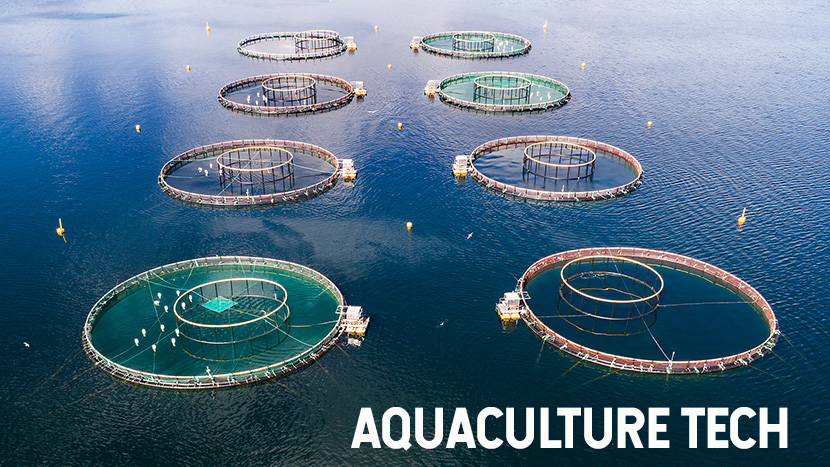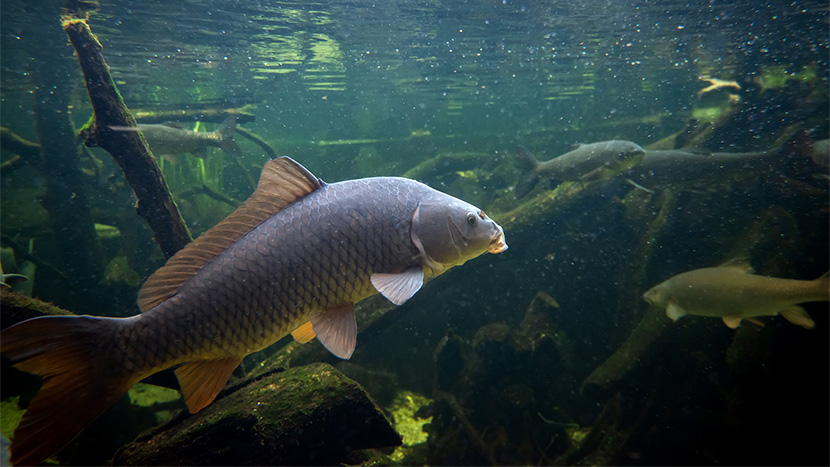5 Technology Applications in Aquaculture
Emerging technologies offer practitioners in many industries an opportunity to improve efficiency, productivity, and profits. Businesses need to adapt to the ever-changing needs, demands, and consumer preferences.
We have seen changes in demand in everything from education, to farming, and even in the gambling industry, with more gamers looking for easy ways to play. To cater to these demands for example, industry players have introduced online sites like FairGo Casino, where members can play on the go.
Emerging technologies are disrupting the aquaculture industry too. Thanks to the technologies, practitioners are able to improve productivity, profitability, and sustainability. Aquaculture is one of the fastest-growing food production industries, with great potential for helping the world meet its aqua-protein demand.
The following digital innovations play a significant role in propelling the growth of global fish farming.
1. Artificial Intelligence
The application of artificial intelligence in aquaculture is diverse, and a good example is identifying behavioral changes. Using cameras, an AI system can monitor behavioral changes in feeding by tracking fish movement in a pond or a tank. With this data, practitioners can decide the best feeding time, when it is best to stop feeding, and changes in feeding rate for optimal and most cost-efficient use of feed.
AI can uncover early disease symptoms, which can go a long way in reducing the use of antibiotics and mortalities. Using AI-powered sensors, farmers can also monitor important water quality features such as pH level, dissolved oxygen, and temperature, which can affect the survival and health of livestock (here meaning fish).
AI also plays an instrumental role in improving sustainability in aquaculture through managing environmental impact, increasing production efficiency, and supporting responsible management practices.
2. Big Data
The applications and possibilities of big data in the aquaculture sector are becoming more widespread. Aquaculture businesses that have employed big data tools and technology have realized many benefits.
Using combined insights from data management platforms, aquaculture businesses can improve operations by reducing non-productive time, improving safety, and reducing regulatory compliance costs.
By linking data and physical models, farmers can increase efficiency and safety in their practice. In the same way, practitioners can integrate big data systems and their control systems to support autonomous feeding.
Big data brings together the ontology of the aquaculture industry, giving personnel access to institutional knowledge, which fills in for limited staffing. This addresses the knowledge and skill gaps. In a sector that suffers from a shortage of experts, IT makes data access easy.
Using big data, practitioners can enhance the production rate by reducing data bottlenecks, which often affect team productivity. Big data also accelerated data-driven decision-making.
3. IoT
While most farmers still rely on traditional models, it hinders productivity and development. That is why there is increased interest in integrating IoT (Internet of Things) to increase sustainability and efficiency. IoT solutions effectively manage and monitor fish farming operations, mitigating the limitations of traditional methods.
IoT solutions can be used to monitor water quality using a combination of sensors that allow the assessment of water quality. The same sensors can be used for real-time water level monitoring to support optimal levels and consequently boost aquaculture management.
IoT solutions support smart weather monitoring by collecting real-time data on wind direction, wind speed, rainfall, barometric pressure, and humidity, among other elements. Through the monitoring of weather parameters, fish farmers can collect valuable data on conditions that affect their operations.
Equipped with data, they are able to make informed decisions such as exercising extra precaution during extreme weather conditions, managing ventilation, and changing their feeding schedules.
4. Augmented Reality (AR)
The military, oil and gas, and manufacturing sectors are enjoying the benefits of augmented reality in operations. While augmented reality can increase the potential of the aquaculture field, the power of this technology hasn’t been fully harnessed. It would be safe to say its benefits are yet to be investigated in this sector.
What are the applications of AR in aquaculture? This disruptive technology helps save time and costs and provides assistance for underwater drone activities such as net inspections and mooring.
Through additional AR communication, control staff in fish farms can use AR to manage operations more effectively and with a better overview.
Another application of AR in aquaculture is for learning and teaching. The Norwegian University of Science and Technology (NTNU) built an aquaculture simulator that used the Oculus Rift’s capabilities. The curriculum intends to teach students about fish welfare, illness prevention, fish escape, and hazardous work environments.
It is, therefore, imperative that practitioners pay attention to this technology.
5. Oral Vaccines
Another aquaculture innovation worth mentioning is oral vaccine delivery. This aims at replacing the traditional hand injections, which were also labor-intensive. While many interventions have been made towards mechanical injection, fish farmers are still facing challenges with stress handling of the livestock.
Oral vaccine delivery will be a game-changer, which will be favorable for fish of all sizes and ages. This innovation will go a long way in addressing damage caused during fish handling, yielding a low mortality rate.
Research for oral vaccine delivery technologies is ongoing, and interventions such as Micro-encapsulation and bio-encapsulation are some of the delivery methods farmers can use for disease control in their fish farms.
Bottom Line
There is a decline in marine fish catch, and experts have provided a variety of reasons for this, including climate change. The demand for aquaculture products, however, continues to soar, and players in the aquaculture sector need to respond to the arising challenges.
The use of technology in aquaculture operations is one of the ways to improve farming operations.
Technology-powered aquaculture operations focus on increasing efficiency, sustainability, productivity, and profits. There is a revolution in fish farming, and aquaculture practitioners need to be intentional about being part of the change.


































































































